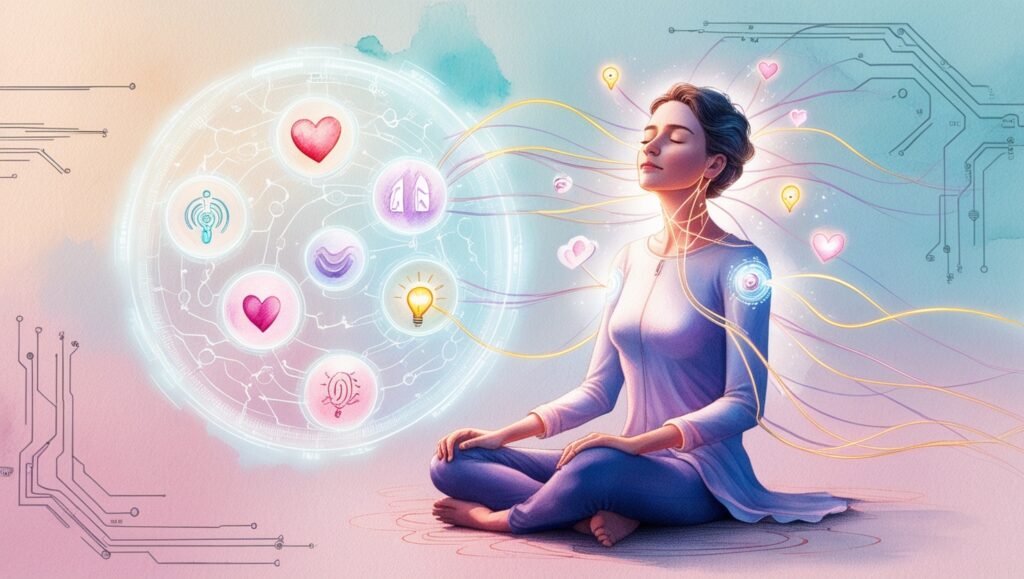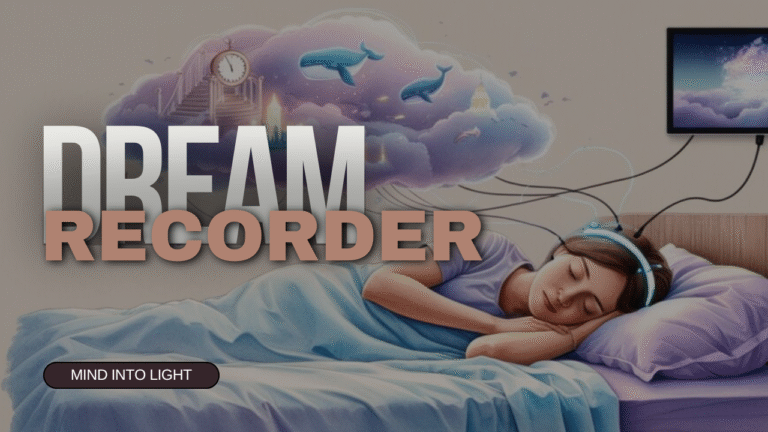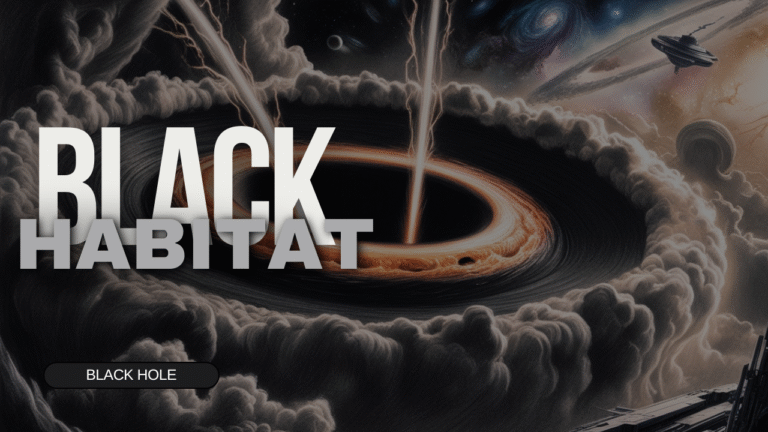What If Emotions Could Be Programmed Like Software 2025
What If Emotions Could Be Programmed Like Software 2025
In a future where technology and biology increasingly merge, the idea of programming emotions like software is no longer purely science fiction. In 2025, researchers are already decoding the complex language of the brain. With advances in artificial intelligence, neural engineering, and affective computing, we’re edging closer to understanding—and potentially controlling—human emotion in programmable ways.
But what would it mean if emotions, once considered spontaneous and deeply human, could be edited, uploaded, or written like lines of code?
Let’s explore this bold hypothetical scenario in depth.
The Mechanics of Emotion: Can It Be Reduced to Code?
Emotions are the result of intricate biochemical processes—interactions between neurons, hormones, and neurotransmitters like dopamine, serotonin, and oxytocin. These processes create emotional states that shape how we think, behave, and interact.
Modern neuroscience suggests that while emotions are complex, they are not entirely mysterious. Brain imaging, emotional modeling, and AI-powered behavioral studies have helped decode emotional responses. For example:
- AI systems can now detect emotions through facial recognition and voice analysis.
- Neural implants are being tested to regulate mood disorders like depression and PTSD.
- Machine learning models are trained to predict human emotional reactions in real time.
If we can understand the patterns and triggers that create emotions, in theory, we could recreate or manipulate them using software.
How Would Emotion Programming Work?
In this hypothetical future, emotions could be “coded” using neuro-software—a blend of AI, brain-computer interfaces (BCIs), and nano-neurochemical delivery systems. Here’s how it might function:
- Emotional Data Mapping: Brain scans and behavioral analysis would identify neural activity linked to specific emotions (e.g., joy, fear, anger).
- Algorithmic Emotional Design: Programmers and psychologists might co-develop algorithms that replicate or block certain emotional states. Think: code that triggers calmness or suppresses anxiety.
- Real-Time Modulation: Users could input desired emotional states through wearable devices or neural implants. The system would stimulate specific brain regions or release the right neurochemicals.
- Personalization Layer: Emotional software would adapt based on personal history, environment, and goals—like a Spotify playlist, but for your mood.
This might be controlled via a simple interface:
“Today, I need motivation: Set to ‘focused optimism.’”
“I have a big meeting: Reduce anxiety by 20%, increase confidence by 40%.”
Benefits of Programmable Emotions
If used ethically and responsibly, the implications could be groundbreaking.
- Mental Health Revolution: Emotional programming could become a treatment for depression, anxiety, PTSD, and emotional dysregulation. Users could override negative loops without medication.
- Enhanced Learning and Performance: Imagine students programming themselves into a state of curiosity and focus before study sessions. Or athletes tuning into peak performance modes before competitions.
- Emotional Compatibility: Couples could align emotional settings to improve communication and reduce conflict. Group emotional synchronization could improve teamwork and social harmony.
- Emotional Resilience: People could recover more quickly from grief or trauma, reducing long-term psychological effects.




The Dark Side: Ethical and Philosophical Concerns
As with any powerful technology, programming emotions brings serious ethical questions.
- What Is Authenticity? If our emotions are coded, do they still feel real? Would people start to doubt the authenticity of their joy, love, or grief?
- Who Controls the Code? If governments, corporations, or hackers can manipulate emotions, the potential for mass influence—or emotional control—is terrifying. Political manipulation or targeted marketing could exploit emotional software for power and profit.
- Emotional Conformity: Would society begin to value certain emotions over others—e.g., constant happiness—and suppress the full range of human feeling? This could erode emotional depth and personal growth.
- Emotional Inequality: Would only the wealthy have access to this technology? Could emotional regulation become a class privilege, widening the empathy gap?
The Human Experience: Should We Even Go There?
One of the most profound aspects of being human is emotional unpredictability. Emotions connect us, teach us, and help us grow. Pain and joy shape our memories and identities.
Would programming emotions cheapen the human experience?
This is a key philosophical debate. Some argue that true freedom includes the freedom to feel—even if it hurts. Others counter that with proper safeguards, emotional programming could lead to a better, more conscious existence.
Perhaps the future lies not in total control, but in collaboration—humans working with intelligent emotional tools to better understand and navigate their inner worlds.
Could AI Emotions Be Next?
If humans could program emotions in themselves, it also means emotions could be coded into artificial beings. AI systems might eventually feel—or convincingly simulate—emotions.
This opens an entirely new debate:
- If an AI can feel sadness or joy, does it deserve rights?
- Could humans emotionally bond with machines?
- Would emotional AI become companions, therapists, or even artists?
2025 is already witnessing early experiments in this direction. Emotional chatbots are being used in therapy, and robots are being trained to respond to human feelings with empathy.
Conclusion: A Brave New Feeling?
Programming emotions like software could offer unprecedented control over the human condition. It could heal, enhance, and elevate our lives—or manipulate, dehumanize, and polarize us.
In 2025, we’re still far from full emotional coding, but the path is being paved. The question is no longer “Can we?” but “Should we?” And if we do, how do we protect the essence of what makes us human?
Whether used for therapy, performance, or self-exploration, programmable emotions could fundamentally reshape society—one feeling at a time.
—
For more future-forward explorations, read our other blogs:
Our blog on: What If Emotions Could Be Simulated in AI
https://edgythoughts.com/what-if-emotions-could-be-simulated-in-ai-2025
Our blog on: What If Human Consciousness Could Be Uploaded Into Light
https://edgythoughts.com/what-if-human-consciousness-could-be-uploaded-into-light-2025
And for foundational context, explore this external article on affective computing:
https://en.wikipedia.org/wiki/Affective_computing






3 Comments